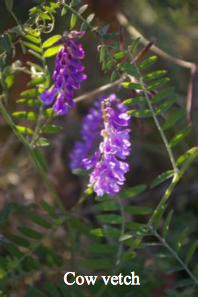by W.D. McIlveen – Halton/North Peel Naturalist Club
The 23nd annual Christmas Bird Count that took place on December 27, 2013 will be a most memorable one. The outstanding feature of the Count will be remembered not so much for the count results as for the weather that occurred a few days earlier. That weather included freezing rain that amounted to at least three cm of ice over all exposed surfaces. The consequence of the ice was extensive breakage of tree branches and electrical power outages that were still happening in parts of the survey area. Overall, there were 23 participants that took part in the field observations or checked their feeders.
Generally, the Count produced close to average results based on comparisons with previous counts in the case of numbers of species reported – 49 species on count day vs. 50 species for the long-term average. By contrast, the total numbers of birds seen was 5239 – slightly over half of the average of 9760. The results for the individual species are presented in the attached table. A new species for the Count was a Turkey Vulture that was reported to the OntBirds website. Only one species, the Red-bellied Woodpecker was present in record high numbers with 15 birds seen. Many species were reported at low numbers, both below average and at new lows. The new low numbers were noted with Mallards (26), Black-capped Chickadees (243), American Tree Sparrow (55), and Northern Cardinal (22). No Black Ducks were observed. Wild Turkey (50), Hairy Woodpecker (26), Blue Jay (171) and American Robin (95) were noted in above average numbers but not in record high numbers. The species that made it onto the Count Week list were Snowy Owl and Snow Bunting.
The impact of the ice storm that appeared to generally lower the observed bird populations cannot be assessed with any certainty. In part, the lower numbers of ducks and geese might also be correlated with early freeze-up of local water bodies. This would not explain the lower numbers of the more-terrestrial species. Only time will tell whether the decreased numbers are merely a blip or part of a long-term trend.














